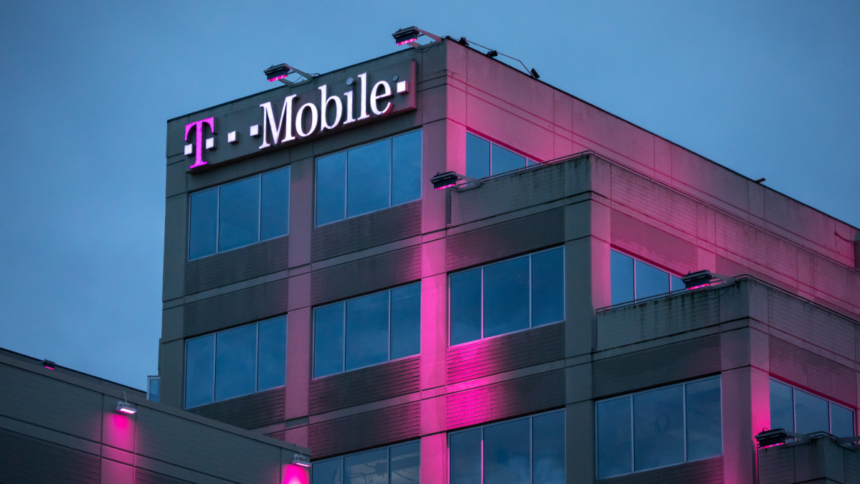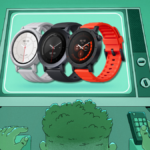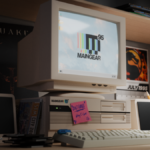Introducing T-Satellite: A New Era in Connectivity
After a month of extensive beta trials, T-Satellite has officially launched. T-Mobile users can now send text messages without any cellular service, as their devices will seamlessly connect to the nearest Starlink satellite—over 650 in total scattered across various locations. However, this service is no longer complimentary and is available exclusively to T-Mobile customers who participated in the beta phase.
The Journey to T-Satellite
In December, T-Mobile revealed its collaboration with SpaceX to introduce Starlink connectivity to its subscribers. By January, beta testing began, but it was limited to owners of select recent Samsung smartphones.
The landscape shifted with Apple’s release of iOS 18.3, which enabled Starlink functionality for iPhones. Although Apple did not formally announce this feature, it became evident that they were also partnering with SpaceX and T-Mobile. Furthermore, T-Mobile expanded access to select Pixel 9 users, allowing those with Apple, Samsung, and Google devices to join the beta program.
During Super Bowl Sunday, T-Mobile expanded its Starlink beta access to users across the United States, including those on Verizon and AT&T. Individuals were invited to express their interest in this satellite service, even with restrictions in place.
By June, T-Mobile opened the beta access to all users, irrespective of their carrier. The perks included not only connectivity through T-Mobile’s 5G network, with 50GB of data and unlimited texting but also appealing benefits such as discounted movie tickets, concert discounts, and savings on various services.
The official launch of T-Satellite took place on July 23.
Why Satellite Connectivity Matters
Satellite connectivity for smartphones is truly transformative. Users no longer need to stress about losing cellular service or being out of Wi-Fi range. As long as there is a clear line of sight to the sky and users fall under the specified coverage area, connection to the outside world is achievable.
It’s vital to note that this feature activates only when cellular service isn’t available. In such scenarios, devices will automatically link up with the nearest satellite, eliminating any manual connection options when on a network.
Currently, T-Satellite supports text messaging and location sharing. Future updates aim to incorporate image sharing and data coverage for apps. As noted by Elon Musk, the existing Starlink technology has the potential to facilitate medium-resolution image transfers, along with streaming services for music and podcasts. Though T-Mobile is limiting its offerings to texts and location sharing at the moment, this capacity can be invaluable in emergencies.
Notably, Apple introduced emergency satellite connectivity in 2022 with the iPhone 14 via “Emergency SOS via satellite.” This feature has since been enhanced in iOS 18, allowing users to send messages to any contacts, not just emergency services.
Reports indicate that both T-Mobile’s T-Satellite and Apple’s services effectively transmit messages. Users have experienced delays ranging from seconds to minutes, depending on various conditions. Interestingly, T-Satellite maintained connectivity longer than Apple’s system, which required more frequent reconnections.
How to Get Started with T-Satellite
The beta phase has now concluded. To continue accessing T-Satellite, users need a qualifying T-Mobile plan, such as the “Experience Beyond” or “Go5G Next.” Former beta testers can keep using the service without needing T-Mobile, but a fee of $10 a month will apply. Existing T-Mobile customers who missed the beta can add T-Satellite to their plans at the same monthly rate (initial service cost listed at $15 per month, discounted to $10).
For those interested in T-Mobile’s satellite offerings, a compatible unlocked device compatible with eSIM is required. A comprehensive list of supported devices is available on T-Mobile’s official site, including:
Apple Devices
- iPhone 13
- iPhone 13 mini
- iPhone 13 Pro
- iPhone 13 Pro Max
- iPhone 14
- iPhone 14 Plus
- iPhone 14 Pro
- iPhone 14 Pro Max
- iPhone 15
- iPhone 15 Plus
- iPhone 15 Pro
- iPhone 15 Pro Max
- iPhone 16e
- iPhone 16
- iPhone 16 Plus
- iPhone 16 Pro
- iPhone 16 Pro Max
Google Devices
- Google Pixel 9
- Google Pixel 9a
- Google Pixel 9 Pro
- Google Pixel 9 Pro XL
- Google Pixel 9 Pro Fold
Motorola Devices
- moto edge 2025
- moto g 5G 2025
- moto g 2024
- moto g power 5G 2025
- moto razr 2024
- moto razr+ 2024
- moto razr 2025
- moto razr+ 2025
- moto razr ultra 2025
- Motorola Edge 2024 (coming soon)
- moto G Stylus 2024 (coming soon)
Samsung Devices
- Samsung Galaxy A14
- Samsung Galaxy A15 5G
- Samsung Galaxy A16 5G SE
- Samsung Galaxy A25 SE
- Samsung Galaxy A35
- Samsung Galaxy A36 SE
- Samsung Galaxy A53
- Samsung Galaxy A54
- Samsung Galaxy A56 5G SE
- Samsung Galaxy S21
- Samsung Galaxy S21+
- Samsung Galaxy S21 Ultra
- Samsung Galaxy S21 FE
- Samsung Galaxy S22
- Samsung Galaxy S22+
- Samsung Galaxy S22 Ultra
- Samsung Galaxy S22 FE
- Samsung Galaxy S23
- Samsung Galaxy S23+
- Samsung Galaxy S23 Ultra
- Samsung Galaxy S23 FE
- Samsung Galaxy S24
- Samsung Galaxy S24+
- Samsung Galaxy S24 Ultra
- Samsung Galaxy S24 FE
- Samsung Galaxy S25
- Samsung Galaxy S25+
- Samsung Galaxy S25 Ultra
- Samsung Galaxy S25 Edge
- Samsung Galaxy XCover6 Pro
- Samsung Galaxy XCover7 Pro
- Samsung Galaxy Z Flip3
- Samsung Galaxy Z Flip4
- Samsung Galaxy Z Flip5
- Samsung Galaxy Z Flip6
- Samsung Galaxy Z Flip7
- Samsung Galaxy Z Fold3
- Samsung Galaxy Z Fold4
- Samsung Galaxy Z Fold5
- Samsung Galaxy Z Fold6
- Samsung Galaxy Z Fold7
- Samsung Galaxy Z Flip7 FE (coming soon)
- Samsung Galaxy Z Fold7 (coming soon)
Some non-T-Mobile Galaxy models may not support satellite connectivity.
T-Mobile Devices
- T-Mobile REVVL 7 (coming soon)
- T-Mobile REVVL 7 Pro (coming soon)
Please be aware that if you’re new to the service and lack a compatible plan, you’ll need to add it directly through T-Mobile. More information can be found on T-Mobile’s official T-Satellite page.
T-Mobile recommends downloading the T-Life app upon signing up, but users should be informed that the app has a default feature that records screens in use. Deactivation is necessary for those valuing their privacy.










